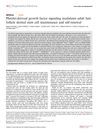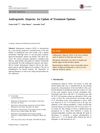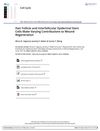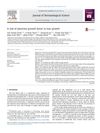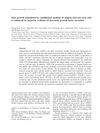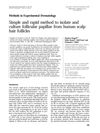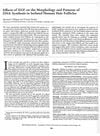The Effect of Cilostazol, a Phosphodiesterase 3 (PDE3) Inhibitor, on Human Hair Growth with Dual Promoting Mechanisms
April 2018
in “
Journal of Dermatological Science
”
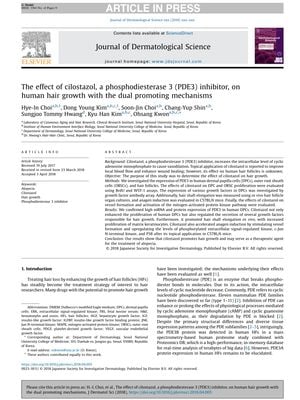
TLDR Cilostazol helps hair grow by making hair root cells grow faster and changing growth factor levels.
The 2018 study explored the impact of cilostazol on hair growth, revealing that it significantly promotes hair growth by enhancing the proliferation of human dermal papilla cells (DPCs) and not affecting outer root sheath cells (ORSCs) directly. Cilostazol-treated DPCs, however, indirectly stimulated ORSC proliferation through altered secretion of growth factors. The study also found that cilostazol increased the secretion of various growth factors from DPCs, which are known to be associated with hair growth. In ex vivo human hair follicle cultures, cilostazol led to hair shaft elongation and increased keratinocyte proliferation. In vivo, it induced a quicker transition to the anagen phase in mice, increased hair follicle size, skin thickness, and promoted angiogenesis around hair follicles. The MAPK signaling pathway was suggested to mediate these effects. The study concluded that cilostazol has potential as a therapeutic agent for hair loss, due to its dual action of stimulating DPC proliferation and altering growth factor secretion. The number of human participants or mice used was not specified in the summary provided.
